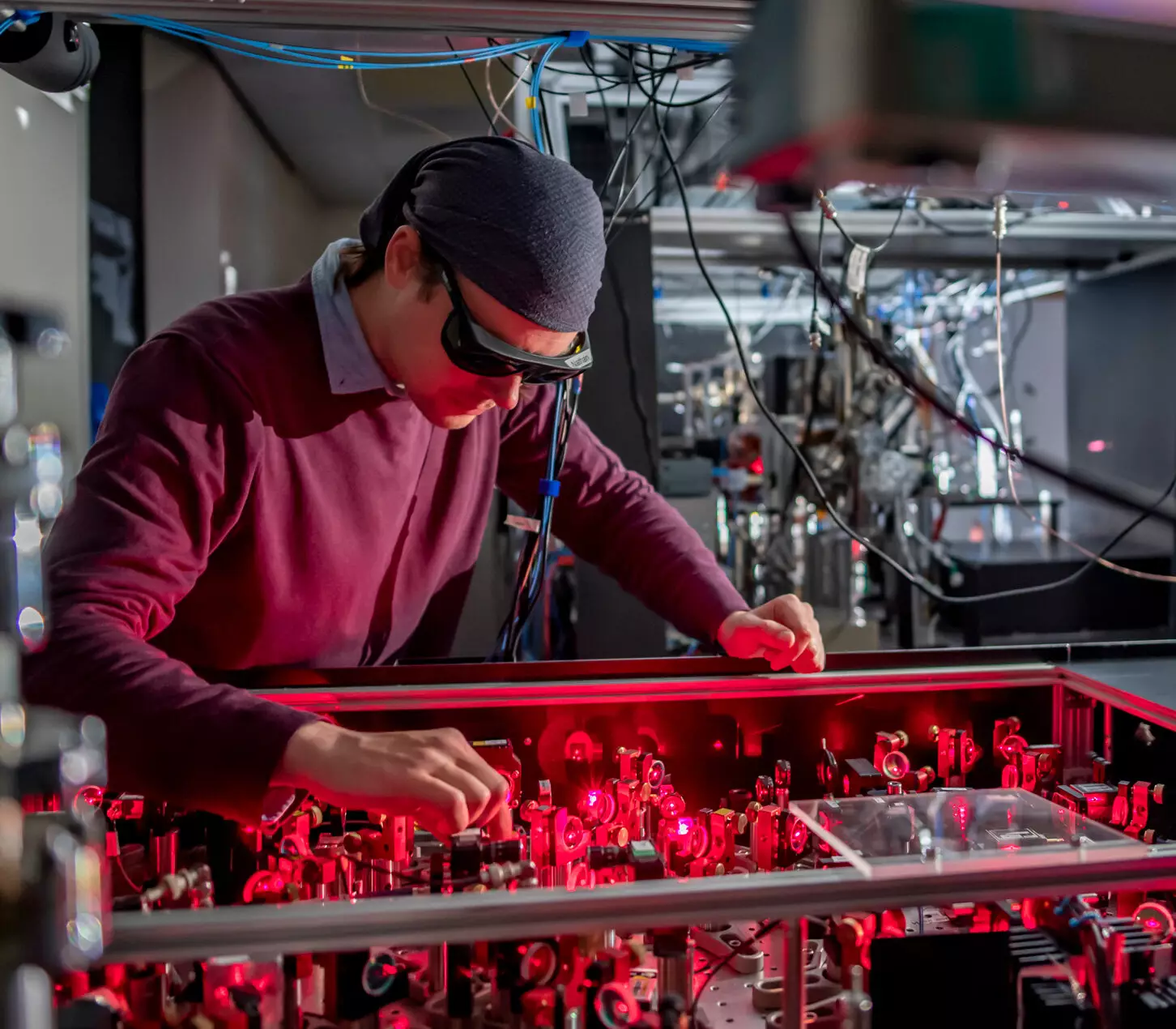In a groundbreaking experiment, scientists from the University of Nottingham’s School of Physics have developed a novel way to trap dark matter using a specially designed 3D printed vacuum system. The aim of this experiment is to detect domain walls, which could lead to a better understanding of the mysteries of the universe.
Dark matter and dark energy make up the majority of the universe, yet their nature remains largely unknown to us. Ordinary matter, which constitutes only about 5% of the universe, is just a fraction of the entire cosmic puzzle. By studying dark matter, scientists hope to gain insights into the behavior of the universe beyond what we currently understand. One way to measure dark matter is through the introduction of a particle known as a scalar field.
The researchers at the University of Nottingham have based the construction of their 3D printed vacuum system on the theory that light scalar fields undergo density-driven phase transitions, leading to the formation of domain walls. These dark walls are similar to fault lines that form when water freezes into ice, creating crystal structures with molecules lined up in different directions. By lowering the density in the vacuum system, the researchers hope to detect these defects that could prove the existence of scalar fields.
To detect these dark walls, the team will cool lithium atoms to temperatures close to absolute zero using laser photons. At such low temperatures, the atoms exhibit quantum properties that allow for more precise analysis. The specially designed vacuum chambers have been constructed to mimic the conditions where dark walls are likely to form. By allowing a cold atom cloud to pass through these walls, the researchers aim to observe their effects on the atom’s trajectory.
The experiment, led by Associate Professor Lucia Hackermueller, is expected to provide results within a year of its commencement. By successfully trapping dark walls and observing their effects on cold atom clouds, the researchers hope to make significant progress in our understanding of dark energy and dark matter. This experiment serves as a testament to the power of well-controlled laboratory experiments in studying phenomena that are otherwise unobservable in the universe.
The experiment to trap dark matter using 3D printed vacuum chambers represents a crucial step forward in the study of dark energy and dark matter. By detecting domain walls through the careful manipulation of quantum properties of atoms, scientists are hoping to shed light on the mysteries of the cosmos. This innovative approach to understanding the universe showcases the power of experimental physics in unraveling complex phenomena that have eluded us for centuries.


Leave a Reply